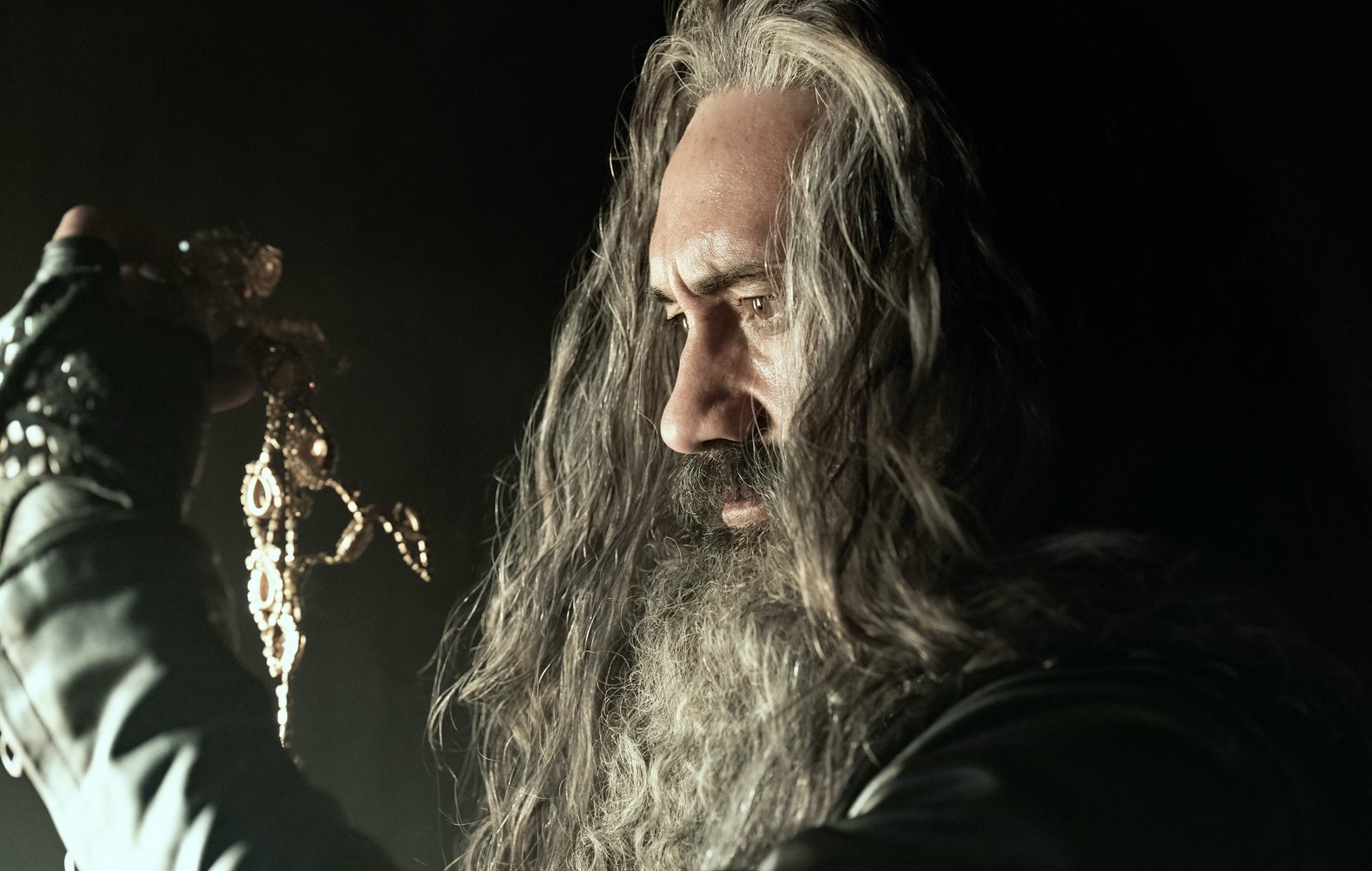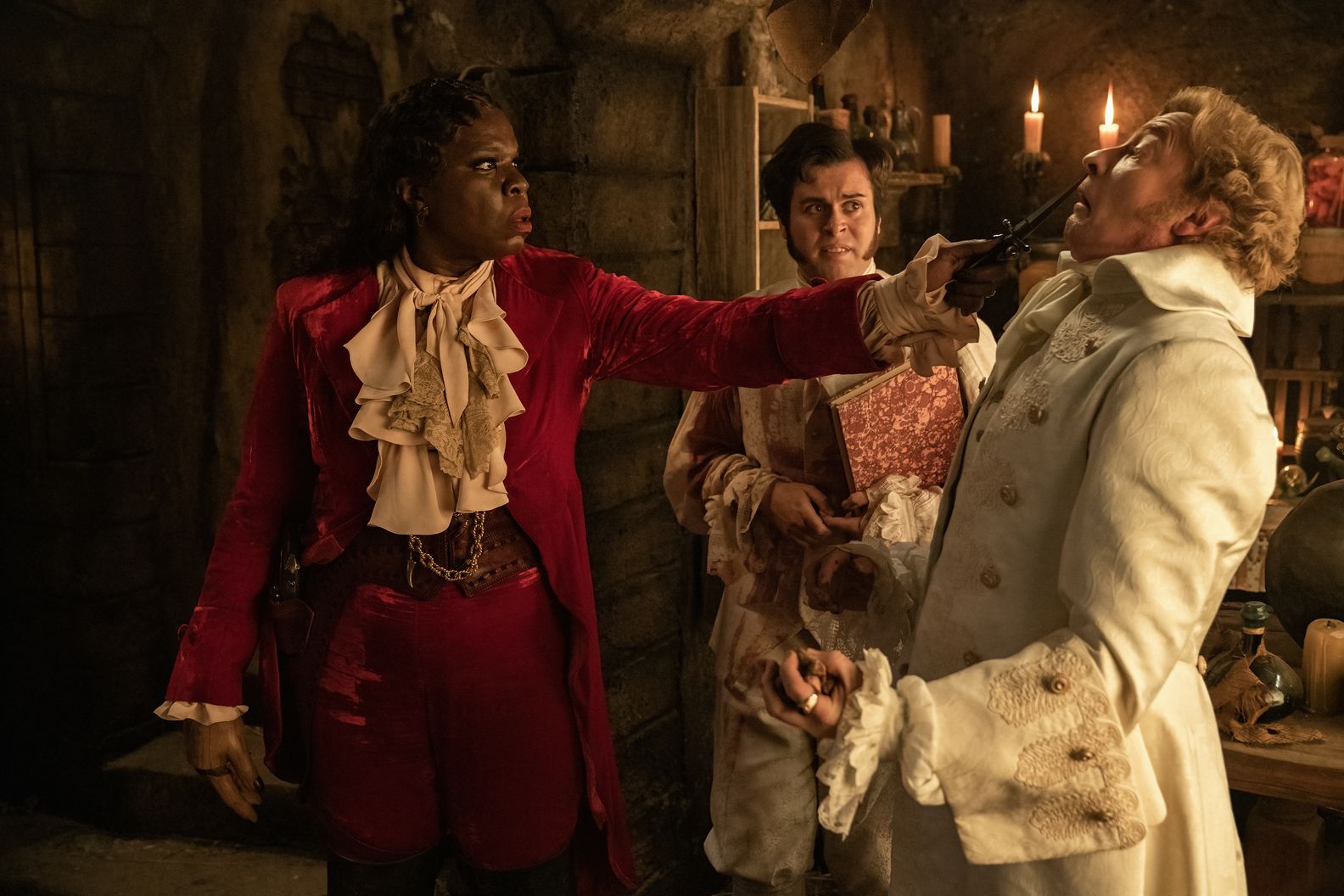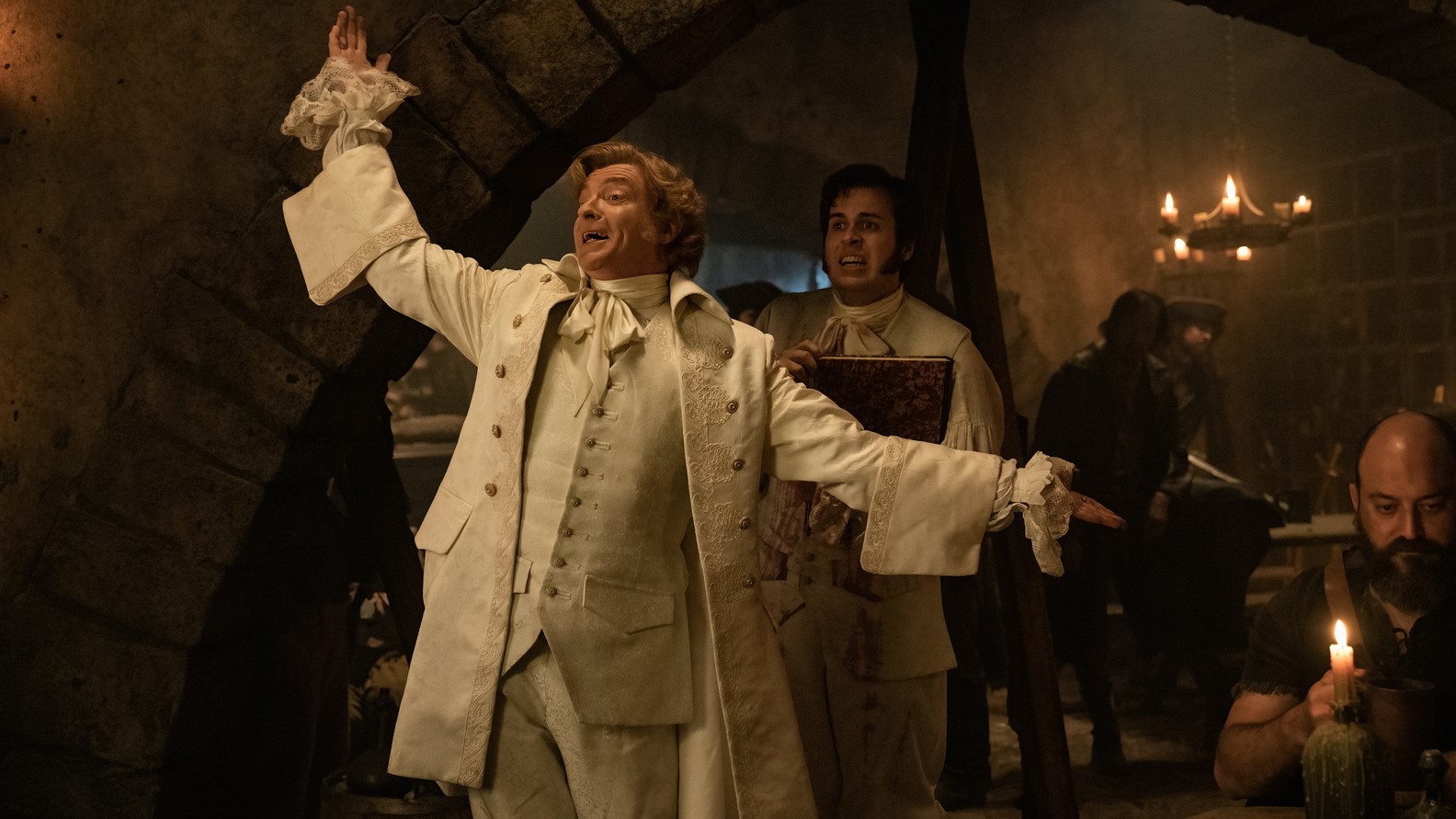Stede Bonnet (Rhys Darby) is the primary protagonist of the HBO Max period comedy series ‘Our Flag Means Death.’ He inherits a vast amount of wealth and land from his father. He later marries and even has children. However, he decides to leave it all behind and become a pirate. Stede buys a ship and begins paying his crew weekly wages. He soon discovers that he is definitely not cut out for the job, as does his crew. But he resolves to keep being a pirate, hoping that he will get better someday.
When the series opens, his crew is ready to mutiny because they feel they are doing everything but piracy. The series is set around the Golden Age of Piracy, and quite a few historical people appear in the show. If you are wondering whether Stede is also based on a historical figure, this is what you need to know.
Is Stede Bonnet Based on a Real Person?
Yes, ‘Our Flag Means Death’s Stede Bonnet is based on a real person. Despite its sarcastic and spoofy narrative, a considerable portion of what is depicted in ‘Our Flag Means Death’ is historically accurate. As depicted in the show, Stede had little knowledge of maritime travels and even less piracy. He got a sixty-ton sloop built for himself — whereas other pirates generally commandeered other people’s ships — and named it the Revenge.

Due to his inexperience and initial incompetency, Stede often deferred to the opinions of his quartermaster and officer on sailing-related subjects. This made the crew think that he was unsuitable to lead them. Just like his fictional counterpart, Stede paid his crew wages, though it’s highly unlikely that he arranged indoor recreational activities for them. Because of his background, he came to be known as the “Gentleman Pirate.”
Stede gained considerable notoriety after he started collaborating with Edward Teach, also known as Blackbeard. When they first met, Stede was seriously wounded, so he stepped down as the captain of the Revenge and let Blackbeard take control. However, he remained on the ship as a guest. The two men formed an interesting personal and professional relationship that deeply influenced Stede’s career as a pirate captain.
Together, they traveled to Delaware Bay, where they looted 11 ships before returning to the Caribbean. After helping Blackbeard seize the 200-ton ship Concorde, which the more seasoned pirate renamed Queen Anne’s Revenge, Stede parted ways with him. However, his singular stint didn’t last long. After a failure to capture the 400-ton merchant vessel Protestant Caesar, his crew once more became unhappy with him. The next time they encountered Blackbeard, most members of Stede’s crew started working for the other pirate.

Stede briefly left piracy behind and became a privateer. After resuming a pirate’s life, he led his crew in the Battle of Cape Fear River against a British naval expedition from the South Carolina Province on September 27, 1718. The battle ended when the pirates surrendered. Stede was eventually hanged to death on December 10, 1718, in Charles Town (now Charleston), South Carolina. He was 30 years old at the time. In contrast, Darby is currently in his late 40s. Evidently, ‘Our Flag Means Death’ takes certain creative liberties while portraying the life of one of the fascinating individuals of the pirate age.
Did He Really Leave His Family?

Yes, Stede really left his family. Born in 1688 in Bridgetown, Barbados, to parents Edward and Sarah Bonnet, Stede grew up in the family’s large estate (over 400 acres). After his father’s passing in 1694, he inherited the property. In 1709, he married a woman named Mary Allamby. They had four children together — Allamby, Edward, and Stede were the three sons, and Mary was the only daughter. According to British author Charles Johnson, Stede grew deeply unhappy in his marital life and one day left his wealth and family behind to become a pirate.
Read More: Is Our Flag Means Death’s Blackbeard Based on a Real Pirate?


You must be logged in to post a comment.